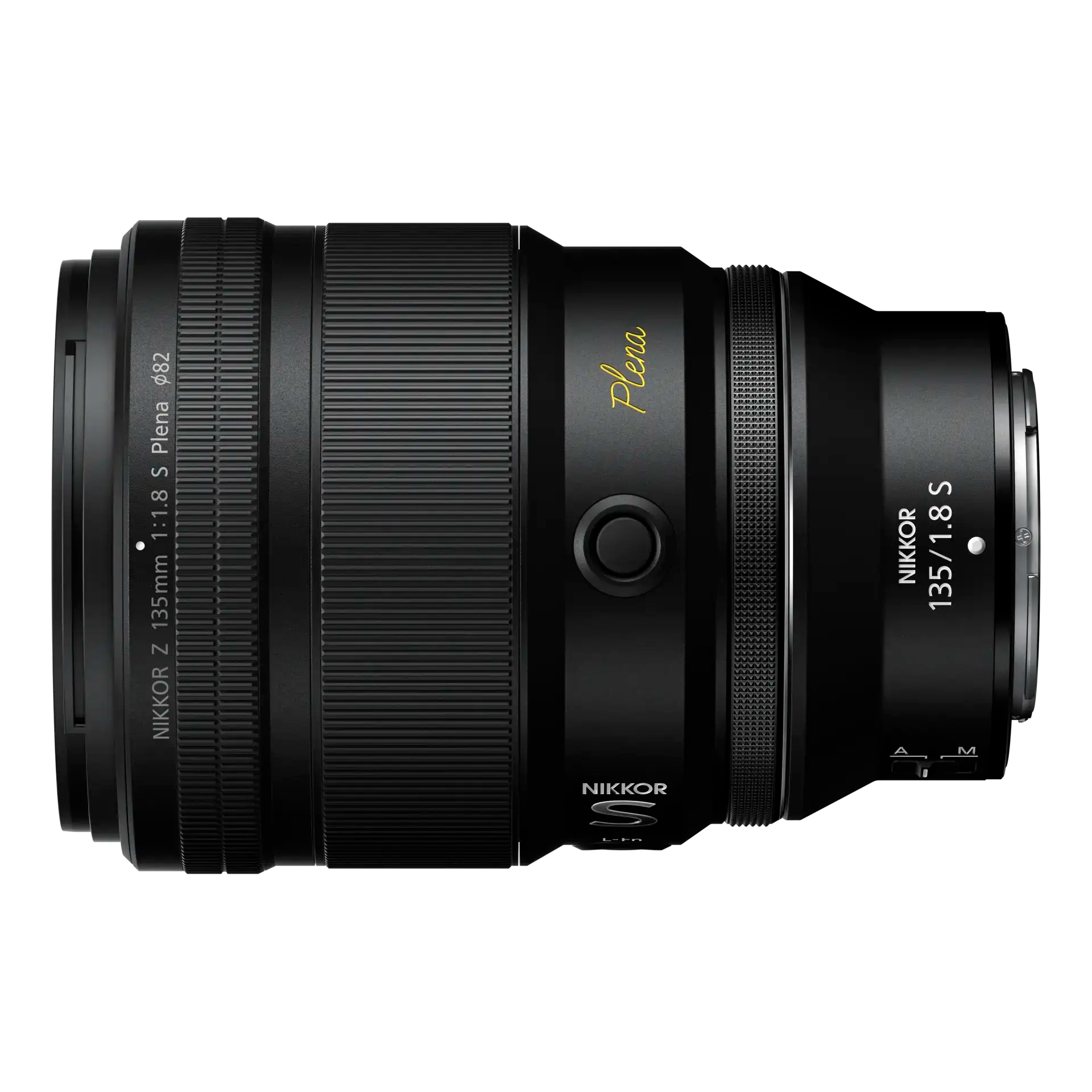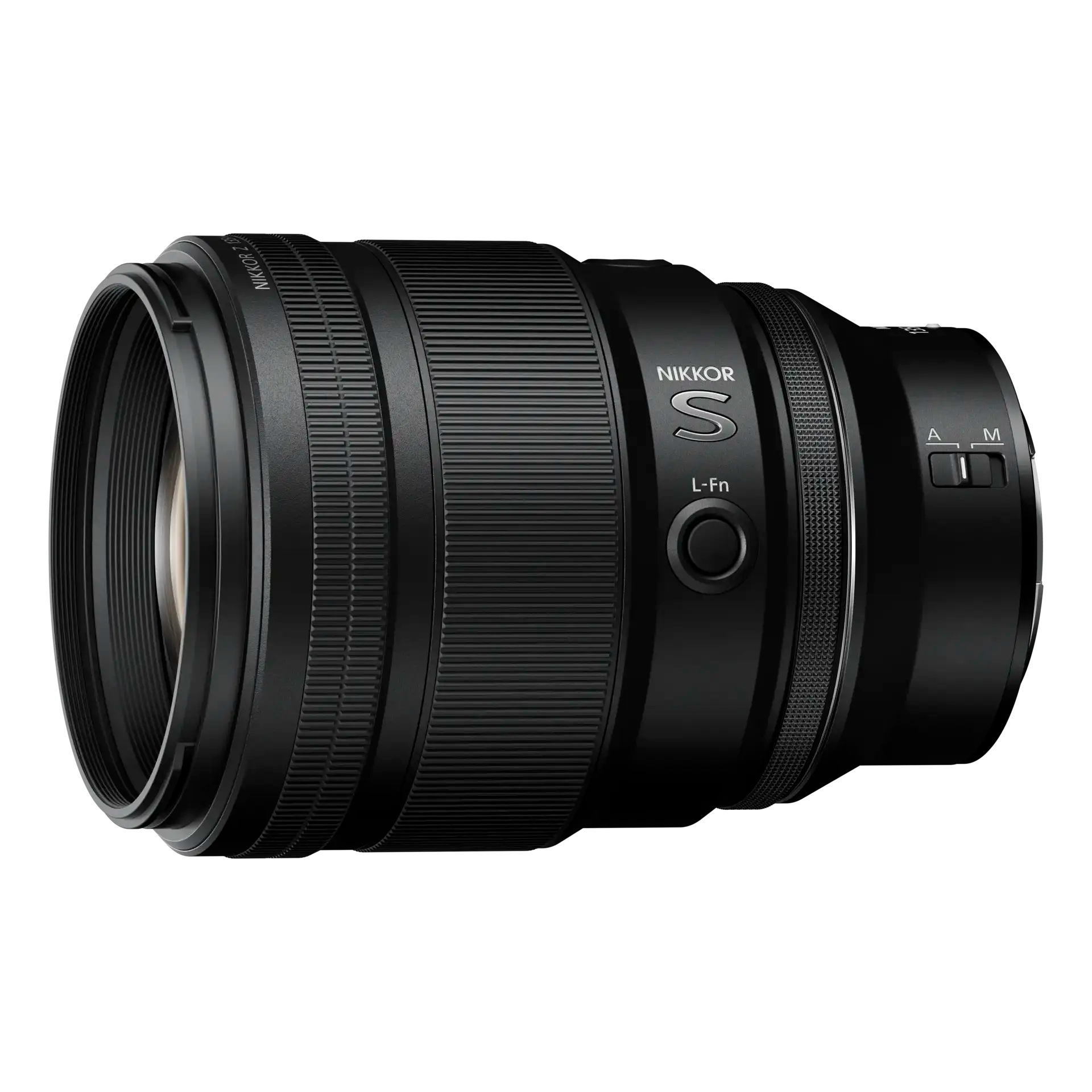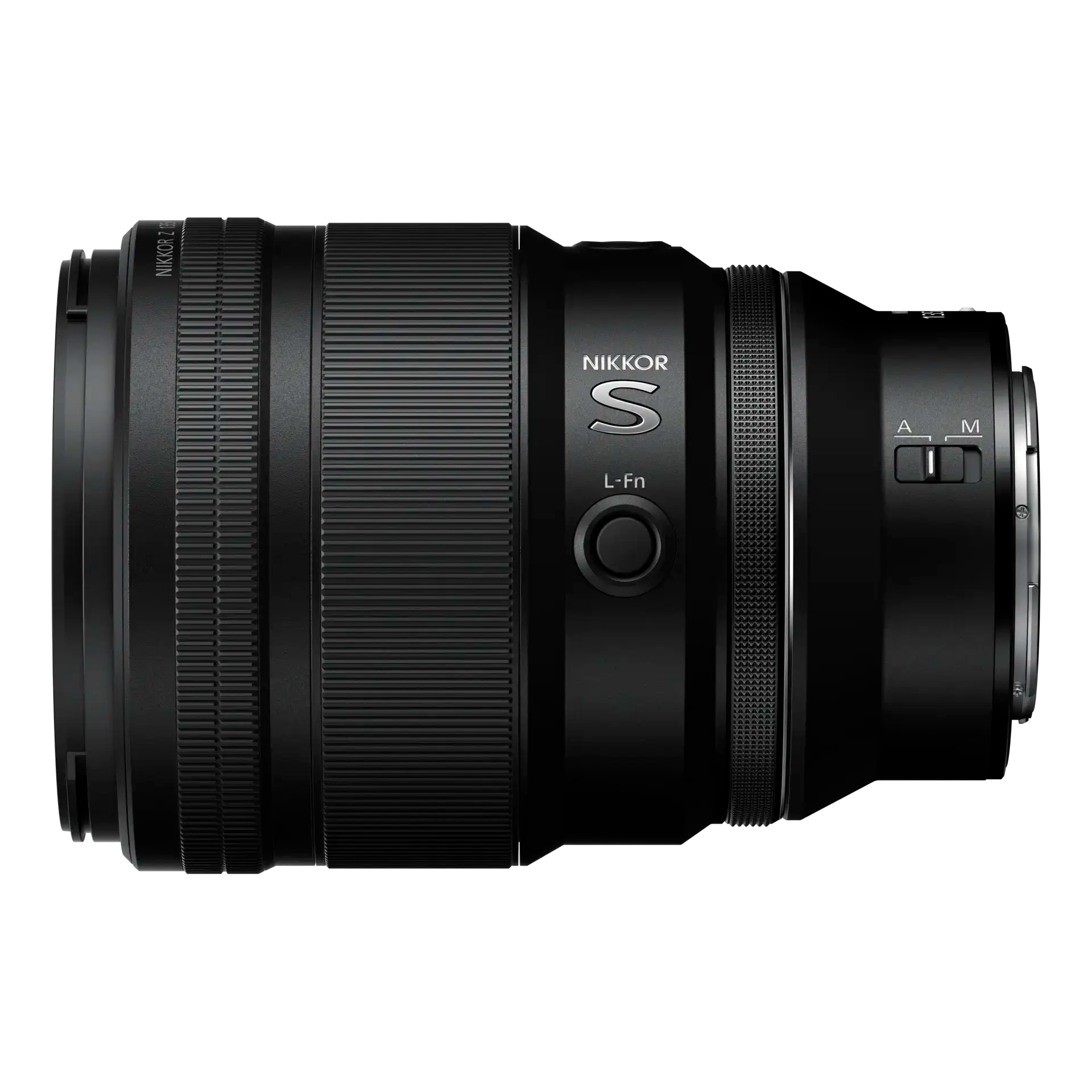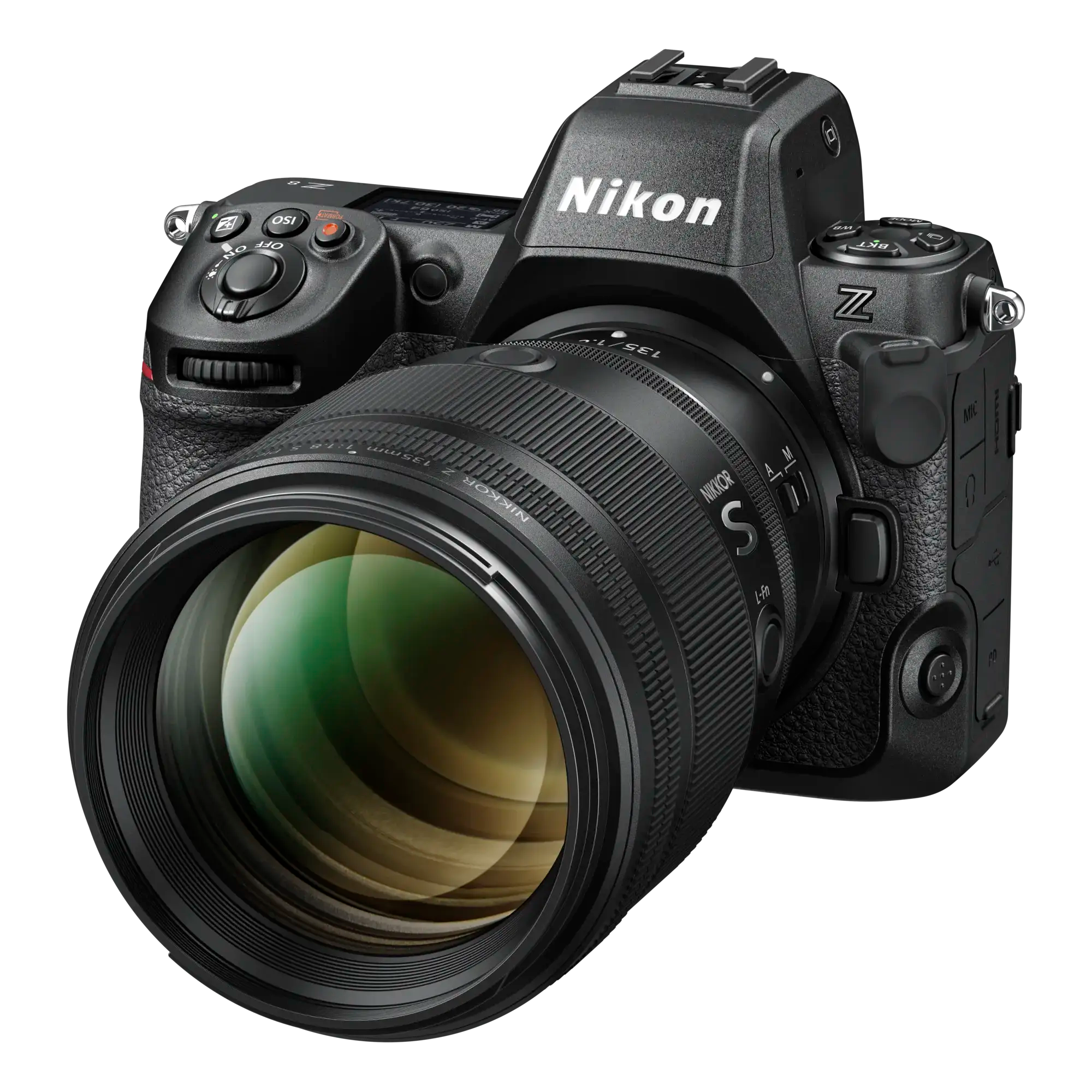Product Description
Introducing the Nikon NIKKOR Z 135mm f/1.8 S Plena Lens
Unleash the magic of your photography with the Nikon NIKKOR Z 135mm f/1.8 S Plena Lens. This high-performance telephoto prime lens is designed for Nikon’s Z-mount system, offering exceptional edge-to-edge sharpness and breathtaking bokeh, making it perfect for portraiture, still life, and cinematic video. Whether you're a photographer or videographer, the Plena lens elevates every shot with rich detail, stunning clarity, and smooth, circular bokeh.

Key Features:
- Full-Frame Telephoto Prime: 135mm focal length, ideal for portraiture, with an ultra-fast f/1.8 aperture for beautiful background blur and excellent low-light performance.
- Multi-Focus System: Ensures fast, accurate autofocus with dual stepping motors, providing smooth and silent focusing for both stills and video.
- Edge-to-Edge Round Bokeh: Produces painterly, circular bokeh across the entire frame, thanks to Nikon’s advanced optical engineering.
- Advanced Optics: Includes Extra-Low Dispersion (ED), Short-Wavelength Refractive (SR), and Aspherical elements, reducing chromatic aberration, colour fringing, and ensuring maximum clarity.
- ARNEO and Meso Amorphous Coatings: These coatings reduce ghosting, flare, and reflections, even in challenging lighting conditions, delivering unmatched image contrast and clarity.
- Customisable Control Ring: The lens features a programmable control ring that lets you adjust aperture, ISO, or exposure compensation with ease.

Revolutionary Z-Mount Design for Unmatched Image Quality
The Nikon NIKKOR Z 135mm f/1.8 S Plena leverages the larger Nikon Z-mount to gather more light, reducing vignetting and achieving stunning edge-to-edge sharpness. With a large rear element, this lens provides consistent brightness across the entire frame, minimising refraction and producing exceptional bokeh and clarity at every aperture. This makes it ideal for low-light environments, where precise detail and smooth transitions are paramount.

Stunning Optics for Unmatched Performance
Built to provide exceptional image clarity, this lens combines multiple optical elements—including ED and SR elements—with Nikon’s ARNEO and Meso Amorphous coatings to virtually eliminate ghosting, flare, and chromatic aberrations. Whether shooting in strong sunlight or backlit conditions, your images will display remarkable contrast, colour accuracy, and sharpness, ensuring your subject stands out with stunning definition.

Optimised for Cinematic Video
Cinematographers will appreciate the Plena's smooth aperture transitions and precise focus shifts, making it a go-to lens for cinematic productions. The fast, silent autofocus and manual focus options, coupled with the Nikon Z system’s advanced video features, make it perfect for both controlled studio shoots and spontaneous on-location filming. The 135mm focal length also excels in creating beautiful subject separation and intimacy, giving your footage a unique, professional look.

Built for Durability and Creative Control
Designed for professional use, the NIKKOR Z 135mm f/1.8 S Plena features a durable all-metal construction with weather-resistant sealing, ensuring it can handle tough conditions. Its lightweight, ergonomic design makes it easy to carry, and the customisable control ring allows you to assign essential functions like aperture, ISO, and exposure compensation, giving you intuitive, precise control in any shooting environment. A fluorine coating repels dust, water, and dirt, keeping your lens in pristine condition for longer.

Perfect for both photographers and videographers, the Nikon NIKKOR Z 135mm f/1.8 S Plena Lens delivers a combination of stunning optics, robust design, and seamless functionality. Whether you're capturing breathtaking portraits or cinematic video, this lens unlocks new creative possibilities with its cutting-edge optical technologies and superb handling.
Payment & Security
Your payment information is processed securely. We do not store credit card details nor have access to your credit card information.





















